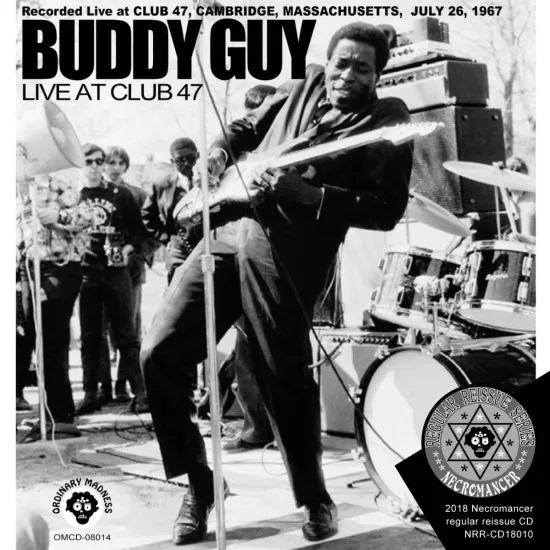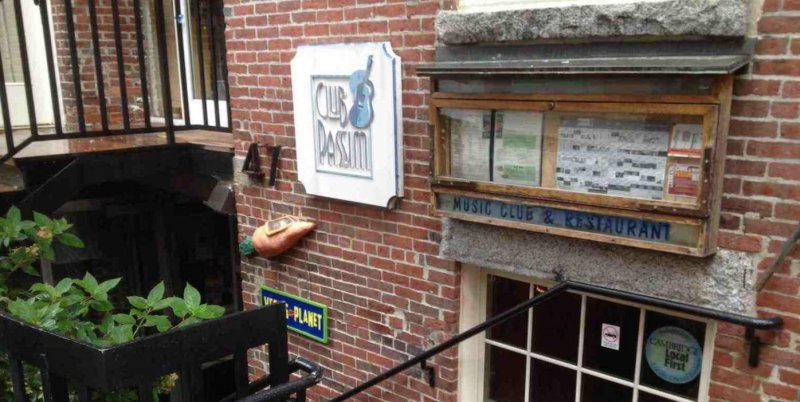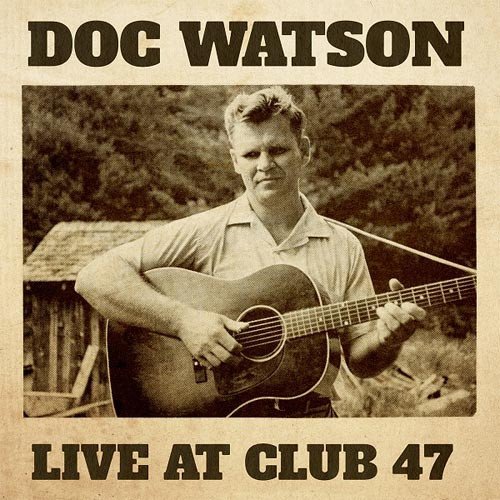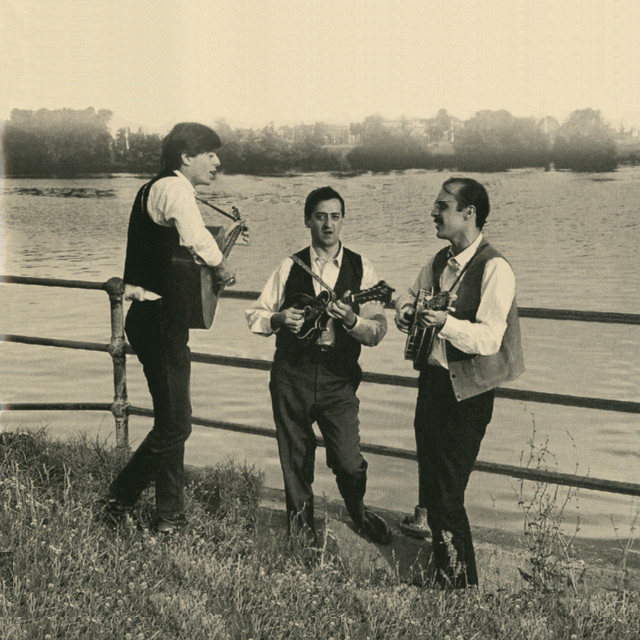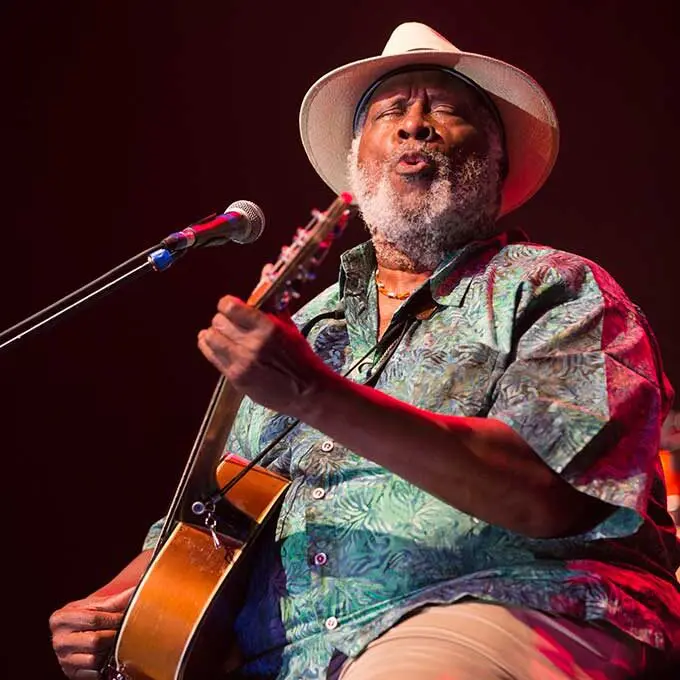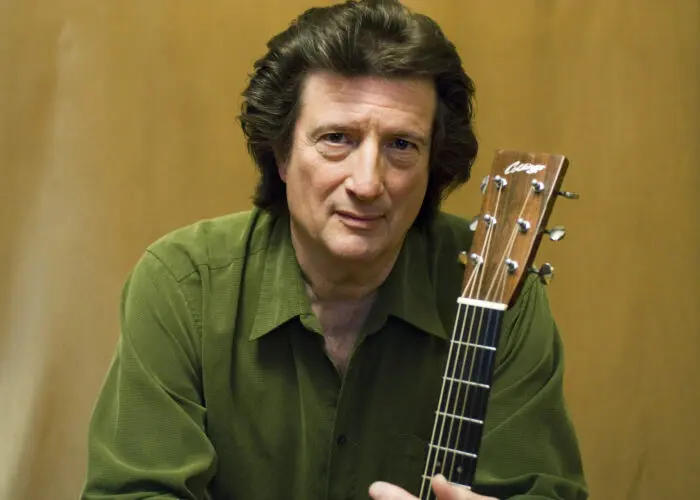Club 47 / Passim

From its original home as Club Mount Auburn 47 at 47 Mount Auburn Street to its present-day incarnation as Club Passim on Palmer Street, this venerable club has served as the epicenter for the New England folk scene for nearly 60 years.
Initially opening its doors as a jazz club in 1958 by founders Paula Kelly and Joyce Kalina, Club Mount Auburn 47 ran afoul of Cambridge blue laws, rechristened itself as a private club and began drawing guitar-toting young folkies – including a 17-year-old Boston University student named Joan Baez – to its stage. As the ‘60s progressed and the folk boom took hold, countless local luminaries performed there, including The Charles River Valley Boys, Joe Val, Jim Kweskin & The Jug Band, Geoff and Maria Muldaur, Jim Rooney, Tom Rush, Eric von Schmidt, Jackie Washington and Taj Mahal. Pete Seeger and Bob Dylan also appeared in the early ’60s.
1963 RELOCATION, BECOMING “CLUB PASSIM,” HISTORICAL MARKER
In order to escape a landlord who had grown weary of the crowds around the building, Club Mount Auburn 47 moved to its present location in 1963 and shorted its name to Club 47, convincing the city of Cambridge to award the club the street address of 47 Palmer Street, a cheeky nod to continuity. The club continued to grow and attract national acts, including numerous African-American blues musicians from the South whom the folkies revered, like Mississippi John Hurt and Reverend Gary Davis; these performers often stayed at club staffers’ homes when local hotels refused to provide accommodations.
By 1968, the folk boom had run its course, and the club closed. After a brief stint as a bookstore-cum-gallery named Passim owned by Walter and Renee Juda, in 1969 the space changed hands again, this time to Bob and Rae Ann Donlin, who kept the name and returned the space to its music-venue iteration, after a new generation of musicians kept asking them to play there. The couple shepherded folk music through the genre’s low ebb years of the 1970s and 1980s, and when a singer-songwriter/folk mini-boom sprouted in the late ‘80s, up-and-comers like Nanci Griffith, Suzanne Vega, Shawn Colvin, Greg Brown, Ellis Paul, Patty Larkin and others took to the mic at Passim.
The Donlins retired in 1995 and these days, Club Passim is a non-profit arts organization which manages the club, a music school, a musicians’ career development fund (Iguana Music), the Boston Celtic Music Festival and the local summer concert series “Passim Presents.” In January 2008, the Cambridge Historical Commission hung a blue historical marker on the site of the original club as part of 50th anniversary celebrations.
ELLIS PAUL: “IT MIGHT AS WELL BE THE TAJ MAHAL”
“There is something about the way Club Passim brings intimacy between its audience and the songwriter,” said Ellis Paul when asked to comment on why the venue is special to many artists and folk-music fans. “You don’t experience that performer in the same way outside of the walls of this place, say at a theater or an even bigger hall. This place holds an intimate conversation between artists and audience, framed in an air of simplicity, history, and discovery. No frills. No fog. No lasers. Just songs, strings and stories.
“It also brings along the greater history of music in Boston,” he continued. “Not only was this a stopping point for national acts climbing up – everyone from Jimmy Buffet to Bob Dylan to Stevie Nicks has walked on stage here – and blues artists, country acts, world music groups. It’s also a place where you come to learn how to do your art, like Joan Baez, Chris Smither and Tom Rush and all the Boston artists between them and me did, and then those that came after. This is where we learned our delivery, stagecraft, sense of confidence. You come to see people who are amazing that play here, and then one day you walk on the stage yourself with your songs, your guitar, and whatever dream of yourself you’re willing to pack in a suitcase. In this way it not just a little basement club.
“Lots of now dusty dreams were born here, lots more will come through,” he added. “Lots of voices to be cheered and songs to be encouraged, and god only knows where those songs will fly. So, yes, it’s a tiny place, but it might as well be the Taj Mahal.”
(by Stephen Haag)




